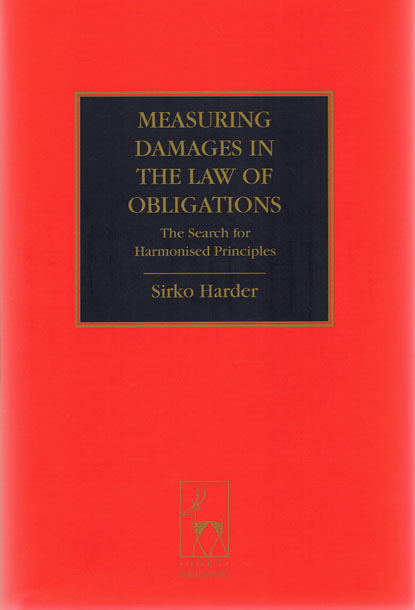Measuring Damages in the Law of Obligations: The Search for Harmonised Principles
ISBN13: 9781841138633
Published: July 2010
Publisher: Hart Publishing
Country of Publication: UK
Format: Hardback
This is a Print On Demand Title.
The publisher will print a copy to fulfill your order. Books can take between 1 to 3 weeks. Looseleaf titles between 1 to 2 weeks.
This book challenges certain differences between contract, tort and equity in relation to the measure (in a broad sense) of damages.
Damages are defined as the monetary award made by a court in consequence of a breach of contract, a tort or an equitable wrong. In all these causes of action, damages usually aim to put the claimant into the position the claimant would be in without the wrong. Even though the main objective of damages is thus the same for each cause of action, their measure is not.
While some aspects of the measure of damages are more or less harmonised between contract, tort and equity (e.g. causation in fact and mitigation), significant differences exist in relation to:-
- Remoteness of damage, which is the question of whether, when and to which degree damage needs to be foreseeable to be recoverable;
- The compensability of non-pecuniary loss such as pain and suffering, distress and loss of reputation;
- The effect of contributory negligence, which is the victim's contribution to the occurrence of the wrong or the ensuing loss through unreasonable conduct prior to the wrong;
- The circumstances under which victims of wrongs can claim the gain the wrongdoer has made from the wrong; and
- The availability and scope of exemplary (or punitive) damages.
For each of the five topics, this book examines the present position in contract, tort and equity and establishes the differences between the three areas. It goes on to scrutinise the arguments in defence of existing differences. The conclusion on each topic is that the present differences between contract, tort and equity cannot be justified on merits and should be removed through a harmonisation of the relevant principles.
